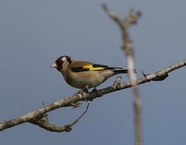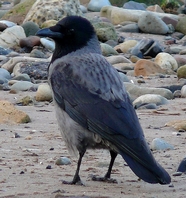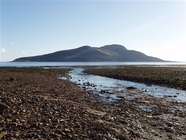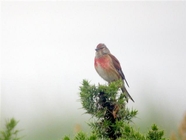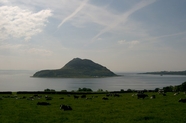Lamlash to Clauchlands Walk
View Lamlash to Clauchlands Point in a larger map
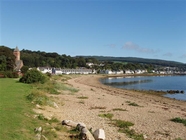
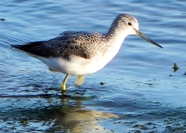
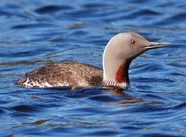
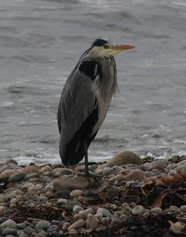
Starting and finishing at the car park at the front in Lamlash NS028312, this walk takes you through a variety of habitats where you should see a range of birdlife in a couple of hours. The walk initially on the road continues on a rough path, parts of which can be slippy after rain. Appropriate footwear should be worn.
Before setting off take a moment to scan one of the most sheltered bays on Arran, Lamlash Bay protected by the Holy Isle. Check the sea for Gannets, Shags, Cormorants, Sandwich Terns, divers and sea ducks like Eiders and Red-breasted Merganser.
Heading east at any time of the year shore birds including Oystercatcher, Ringed Plover and Turnstone can be seen on the shore. Around the river mouth by the children's play area is a good area for these shore birds plus Redshank and Curlew. Greenshank is also present in the winter.
Continuing east the various lay byes provide good vantage points to scan the various small bays and inlets. As well as shore birds it can be a good area for ducks not just the sea ducks but Mallards, breeding Shelducks and in the winter Wigeon. On the other side of the road from the shore the varied gardens provide a good habitat for tits, finches and wagtails.
Beyond the houses heading towards the North Ayrshire Outdoor Centre the scrubland is a good area for Sedge Warblers, Willow Warblers and Whitethroats. After the outdoor centre check the crows on the farmland for Carrion, Hooded as well as hybrids of these two species. Where the road end take a minute to read the display boards about the "no take zone" set up Community of Arran Seabed Trust http://www.arrancoast.co.uk/
From there it is a short walk to the point. Kestrel and Buzzard are regular over the raised beach and Grey Heron from the herony on the other side of the bay are frequently seen. Particularly in the winter time large groups of passerines enjoy the scrub. Linnet and Goldlinch have been recorded in triple figures.
At the point at migration times Wheatear and White Wagtail are regularly reported. Retracing your steps back to the centre of Lamlash, gives a different view of this interesting stretch of coast.


